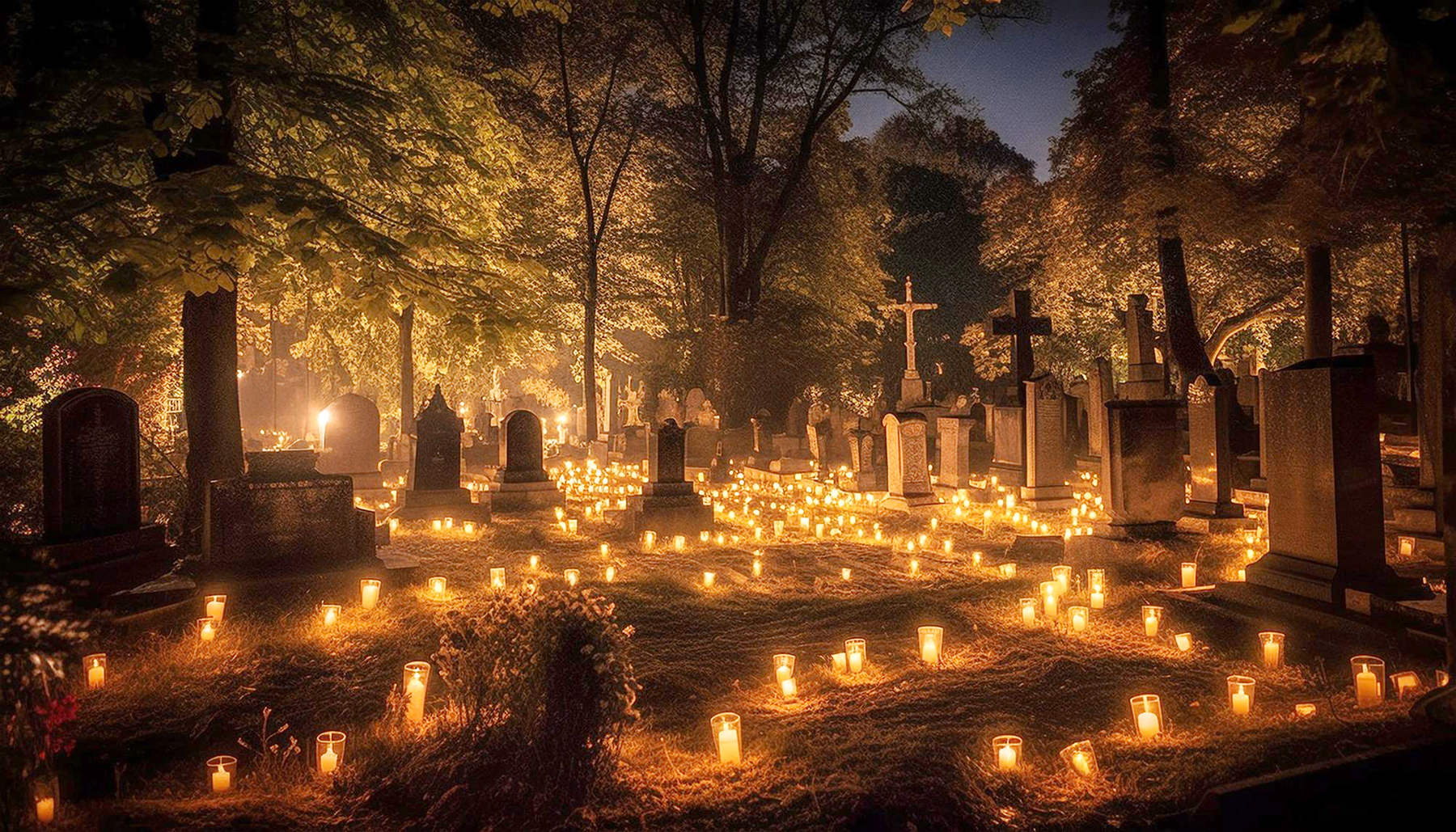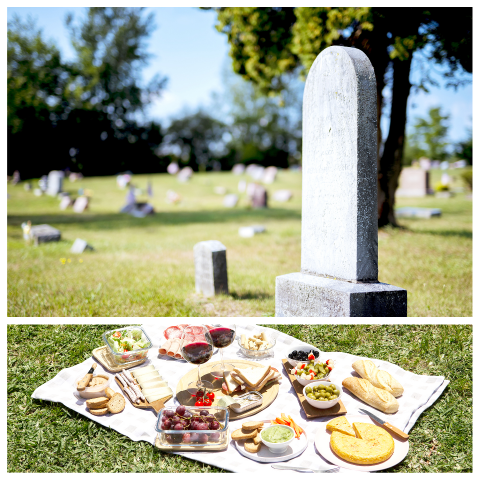FUndas and Pinoys having parties at the cemetery
The spectacular Filipino fiesta of love, laughter, and lifelong memories
At A Glance
- Undas was a day of togetherness, a day to preserve traditions passed down through generations, and a day to create beautiful memories that would last a lifetime.

By JACQUELINE LUCERO
In the Philippines, the arrival of October ushers in a remarkable celebration that defies tradition, blending reverence and raucous laughter in equal measure. This phenomenon is known as Undas, or All Saints’ Day and All Souls’ Day, a time when cemeteries are transformed into vibrant picnic grounds where families commune with the living and the departed in a uniquely Filipino way. Undas is not just a cultural event. It’s a symphony of love, laughter, and lifelong memories.
For me as a child, Undas held a magical allure—a cherished annual tradition of journeying to the cemetery with grandparents, parents, aunts, uncles, and cousins. Led by the wise elders of the family, we embarked on this much-anticipated adventure. As children, everything was simpler, uncomplicated, and filled with unbridled joy.
The day began with a predawn departure to avoid traffic and secure the ideal spot to “fence off” our “puntod” area for the day. Upon arrival, the first order of business was to light candles for all the names engraved on the tombstones, accompanied by heartfelt prayers before breakfast. Undas was a day of remembrance, a day to honor our loved ones who had passed away. The emphasis, however, is on celebrating the lives of the departed rather than mourning their deaths.
The heart of Undas lay in the feasting. It was a grand picnic, and we came prepared for every meal of the day. From breakfast and mid-morning snacks to a hearty lunch, afternoon treats, dinner, and everything in between, our trusty commando bags held all the essentials for a day-long celebration. Often, we also brought brooms, cleaning rags, and gardening tools to spruce up the gravesites of our loved ones. Family members who had artistic flairs would even decorate the area to complete the paying of homage during Undas. This practice is deeply rooted in deep cultural respect for ancestors and their wisdom.
While the adults exchanged family gossip and updates, us kids embarked on adventures throughout the cemetery. Our primary goal each year was to create the biggest candleball possible. It was an eco-friendly endeavor that saves wax candles from going to waste. We kept a keen eye on visitors leaving their loved ones’ resting places early, collecting still-flickering candles with the hope of collecting most candles by day’s end. Just outside the cemetery gates, a station allowed us to trade our wax balls for pocket money, a welcome resource for the upcoming school week.
Our sense of wonder and curiosity knew no bounds. We stared at the tombstones of famous personalities, former presidents, and even national heroes! We would imagine what their relatives might look like and what traditions they followed. Even as kids, we were often in awe when we saw the name of a national hero. When you stand before these grave sites, there’s an unspoken connection that transcends time and space. It’s a humbling experience to think that you are in the presence of those who have played pivotal roles in shaping our nation, and you can’t help but feel a sense of reverence. Most of the time, however, these tombs were devoid of visitors but adorned with decorative candles and magnificent flowers.
Vendors were everywhere, tempting us with an array of street food, fishballs, scramble (a delightful shaved ice treat), sago’t gulaman (a sweet drink), cotton candy, ice candy, and more. Regardless of the feast we brought from home, the allure of these street delicacies was irresistible as we roamed the cemetery, exploring its hidden corners. In addition to food, colorful helium balloons and toy vendors mesmerized us, occasionally leading to meltdowns from toddlers who couldn't get their hands on one. I remember being one of those kids, but as younger cousins came into the picture, we learned to soothe them with candies instead.
Another memorable adventure during our cemetery visits was the delightful fruit picking. The cemetery was a hidden treasure trove of aratiles and guava trees, generously laden with ripe, succulent fruits. Our youthful enthusiasm led us to pluck these fruits one by one, relishing the sweetness and juiciness that burst into our mouths. With a collective determination, we made sure no tree was left untouched, turning our harvest into a mission as we aimed to bring our fruitful bounty back home.
What made this experience even more remarkable was the playful teasing of our elders. They would often tease that the fruits were so delicious because the soil that nurtured these trees had absorbed the essence of the life stories that resided within the cemetery. This added a touch of whimsy to our fruit-picking adventure, transforming the act of gathering these natural treasures into a charming and slightly mystical journey where the beauty of nature intertwined with the stories of those at rest in the cemetery.

At mealtime, we’d return to our “puntod” picnic spot, often sweaty and sun-kissed but profoundly content. The elders, despite their playful complaints about our dirt-covered appearances, joined us, and a shared meal was savored.
Undas is a day of togetherness, a day to preserve traditions passed down through generations, and a day to create beautiful memories that will last a lifetime. It is a celebration that transcends time, where love, laughter, and the bonds of family are paramount. Undas remains a uniquely Filipino tradition, an enduring chapter in the story of our lives.